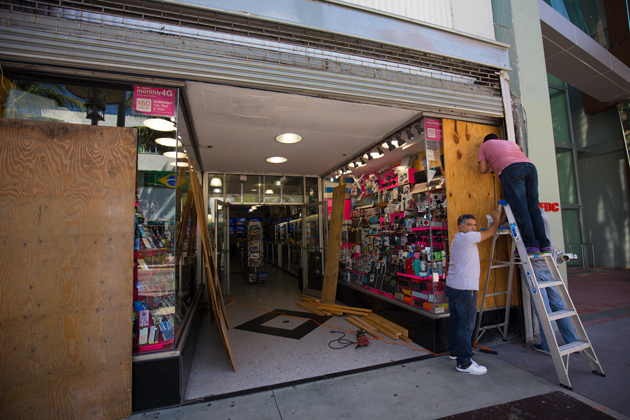Atlantic hurricane season officially began recently, kicking off a disaster season that will run from June 1 through November 30. According to predictions from the National Oceanic and Atmospheric Administration (NOAA), the 2023 hurricane season will consist of 12 to 17 named storms, five to nine hurricanes and one to four major hurricanes. This falls into a fairly average range, but “average” is a bit unusual under the conditions currently emerging around the season.
“The upcoming Atlantic hurricane season is expected to be less active than recent years, due to competing factors—some that suppress storm development and some that fuel it—driving this year’s overall forecast for a near-normal season,” NOAA reported.
Hurricane researchers at Colorado State University notably marked the opening of the season with a revised forecast. After initially predicting slightly below-average hurricane activity in 2023, the researchers increased their estimates. Now, CSU is essentially predicting an average hurricane season, but one that is above-average for what is expected to be an El Niño year.
The last three hurricane seasons have been controlled by La Niña, which typically leads to more hurricane activity. While El Niño would typically help reduce such activity, current warmer water temperatures could ultimately cancel out most of that effect.
“While we anticipate a robust El Niño for the peak of the Atlantic hurricane season, the tropical and subtropical Atlantic have continued to anomalously warm to near-record levels,” CSU researchers explained. “El Niño increases vertical wind shear in the Caribbean and tropical Atlantic, but the anomalous warmth in the tropical and subtropical Atlantic may counteract some of the typical El Niño-driven increase in vertical wind shear.”
CSU anticipates 15 named storms, seven hurricanes and three major hurricanes, which is right in line with the NOAA forecasts. However, CSU forecasters noted that this year’s outlook includes particular uncertainty due to these conflicting factors.
As the hurricane season gets underway, the following tips can help businesses update and strengthen natural disaster recovery plans:
Review your business interruption insurance. Business interruption insurance coverage plays a critical role in helping ensure complete recovery from a storm. BI coverage relies on accurately reported business values, however, and recent changes in property values, replacement and repair costs, and inflation all impact those current values. To avoid the risk of being severely underinsured, make sure your coverage has up-to-date valuations so that claims payouts will be robust enough to rebuild your business. Check out the May/June issue of Risk Management for more information about the importance of accurate business interruption values and best practices for preparing a business interruption claim.
Update your current disaster recovery plan. It is crucial to keep your natural disaster recovery plan updated. Organizations have gone through massive change over the past few years, including different work locations due to hybrid or remote work, staffing changes, and new technology that may aid in emergency response. Ensure your organization’s disaster recovery plan reflects your current personnel, equipment, insurance policies and contacts, and make sure to distribute it among all current members of any emergency response teams or other key stakeholders.
Do a dry run. The only real way to know if your disaster recovery plan works is to put it to use, and you do not want to wait until a natural disaster is at hand to find out if it works. Practice various scenarios and have key players act out their roles to gauge the effectiveness of the plan and make changes accordingly.
Take preventative measures. To weather disaster response well, disaster preparation is essential. Take steps now to ensure the organization will be able to operate as smoothly as possible during or in the immediate wake of a disaster. Back up data offsite or in the cloud, verify that multiple employees know how to handle certain tasks and ensure you have backup options to contact employees if primary communication channels are interrupted.
For more information on hurricane preparation and natural disaster recovery, check out these other pieces from Risk Management:
- Best Practices for Preparing a Business Interruption Claim
- Remote Workforce Considerations for Natural Disaster Preparation
- How to Navigate the Hurricane Claims Process
- Hurricane Claims: Key Tips to Minimize Losses and Maximize Recovery
- How to Protect Properties from Increasing Flood Risk
- Rising Flood Losses Prompt Insurance Improvements



